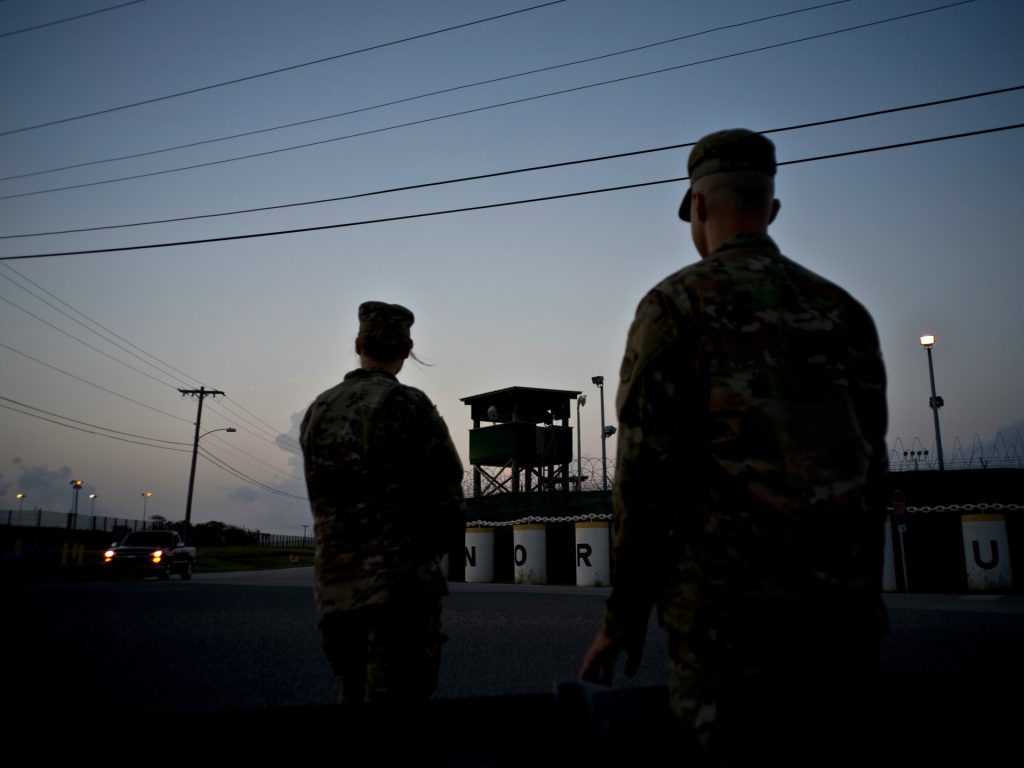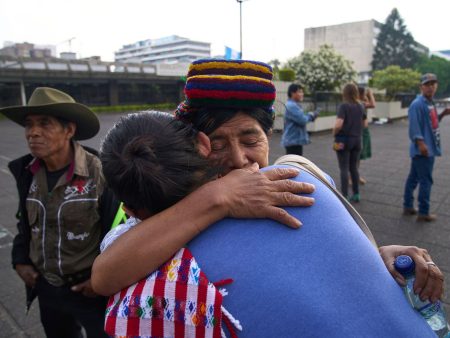The Trump administration’s proposal to house up to 30,000 undocumented immigrants at the Guantanamo Bay Naval Base in Cuba ignited a fierce debate, reviving discussions around immigration policy, human rights, and the historical significance of the detention facility. While the administration argued that the move was necessary to address the escalating influx of migrants at the US southern border, critics condemned it as a cruel and inhumane measure, reminiscent of the base’s controversial use for detaining suspected terrorists. The plan raised immediate legal questions, with many arguing that using Guantanamo, a facility located outside US sovereign territory, to house migrants would violate both domestic and international law. The proposal also sparked concerns about the logistical challenges and financial burden of housing such a large number of people in a remote location, already notorious for its operational costs.
The historical context of Guantanamo Bay added another layer of complexity to the proposed plan. Established in 1903 through a lease agreement with Cuba, the base has served various purposes throughout its history. However, it gained international notoriety after the 9/11 attacks, becoming the primary detention center for suspected terrorists captured during the War on Terror. The detention center has been subject to widespread condemnation for alleged human rights abuses, including torture, indefinite detention without trial, and inadequate legal representation for detainees. The prospect of using Guantanamo to house migrants, many of whom are seeking asylum, evoked comparisons to these past controversies and raised fears of replicating a system of indefinite detention and human rights violations.
The legal implications of housing migrants at Guantanamo Bay were immediately disputed. Opponents argued that the proposal violated the US Constitution, specifically the Fifth Amendment’s due process clause, which guarantees basic legal rights to all individuals within US jurisdiction, regardless of citizenship status. They also pointed to international legal obligations, such as the 1951 Refugee Convention and the 1967 Protocol Relating to the Status of Refugees, which outline the rights of asylum seekers and prohibit the refoulement, or forced return, of refugees to countries where they face persecution. Furthermore, the use of Guantanamo, a territory outside US sovereign soil, to house migrants raised questions about the applicability of US law and the jurisdiction of US courts, potentially creating a legal grey area where individuals could be held indefinitely without access to legal recourse.
The logistical and financial implications of the proposal also drew significant scrutiny. Guantanamo Bay is a remote military installation with limited infrastructure to accommodate a large civilian population. Housing 30,000 migrants would necessitate substantial investments in constructing new housing facilities, providing essential services such as food, water, sanitation, and healthcare, and establishing a system for processing asylum claims. The cost of these operations would likely be exorbitant, adding to the already substantial financial burden of managing the migrant influx. Furthermore, concerns were raised about the potential environmental impact of housing such a large population on the island, given its sensitive ecosystem and limited resources.
The public reaction to the proposal was largely negative, with human rights organizations, legal scholars, and international bodies condemning the plan as inhumane and unlawful. Amnesty International called the proposal “a shameful and deeply disturbing attempt to circumvent US and international law,” while the United Nations High Commissioner for Refugees expressed concern that the plan could violate the principle of non-refoulement. Several legal experts argued that housing migrants at Guantanamo would set a dangerous precedent, normalizing the use of offshore detention facilities to circumvent legal protections and human rights obligations. The proposal also sparked protests across the country, with demonstrators denouncing the plan as cruel and inhumane.
In the face of mounting criticism and legal challenges, the Trump administration defended the proposal, arguing that it was a necessary measure to address the overwhelming influx of migrants at the border. Administration officials cited the limited capacity of existing detention facilities and the need to deter future illegal immigration as justifications for the plan. They also claimed that housing migrants at Guantanamo would provide a secure and humane environment while their asylum claims were processed. However, these arguments failed to quell the widespread condemnation of the proposal, with many critics questioning the sincerity of the administration’s commitment to humane treatment given the facility’s history and reputation. The proposal ultimately faced numerous legal challenges and never came to fruition, remaining a stark example of the controversies surrounding immigration policy during the Trump administration.










